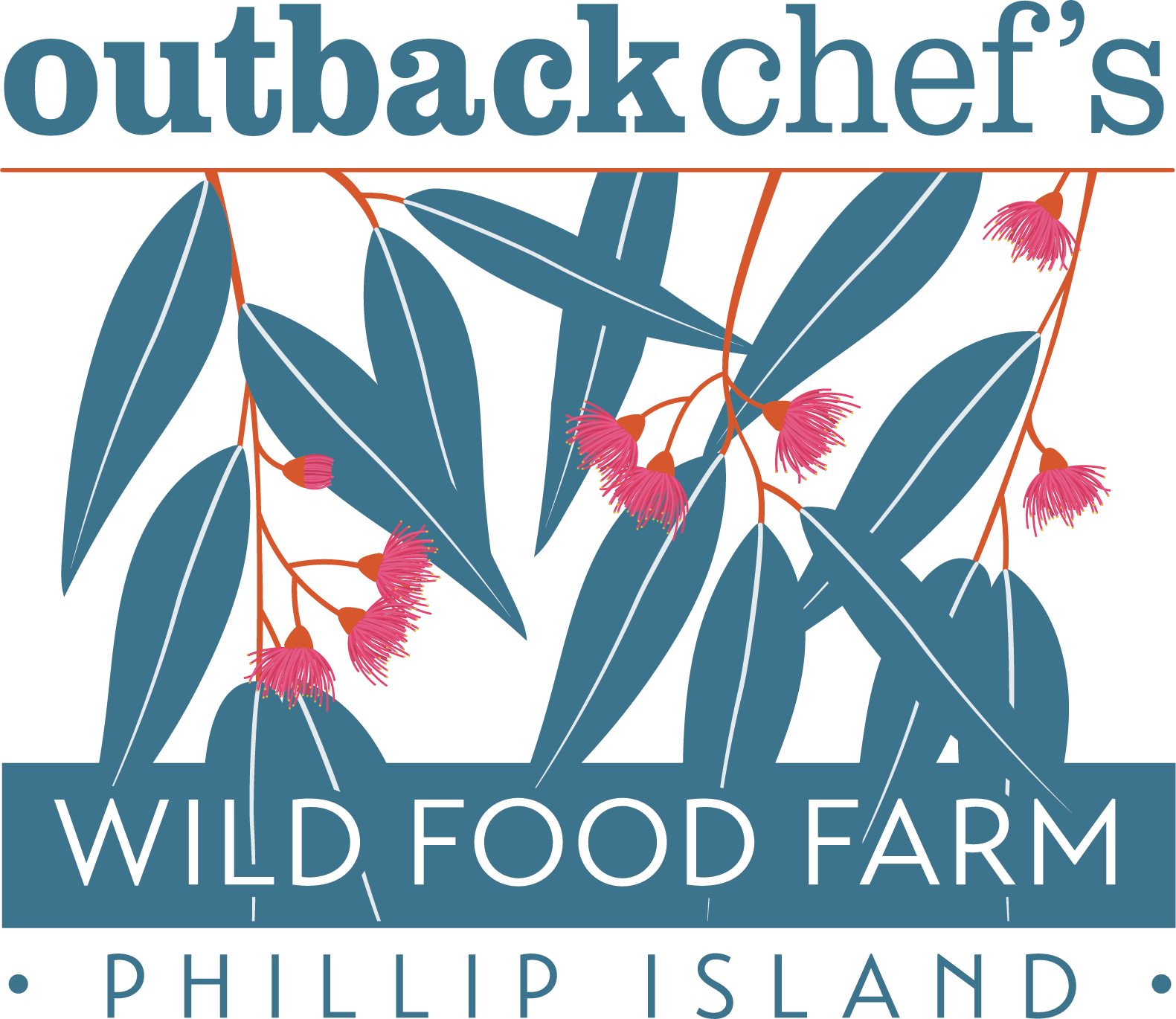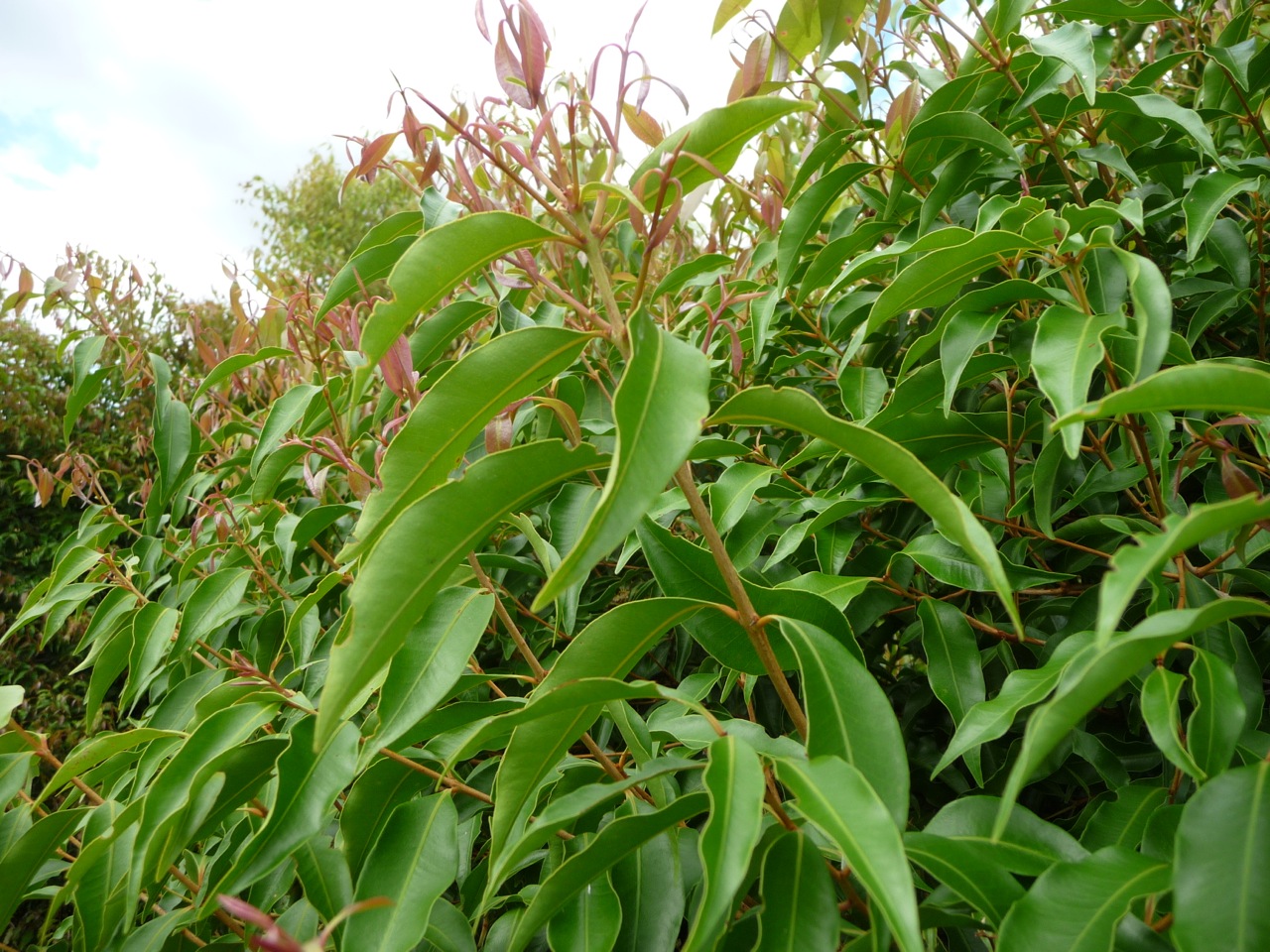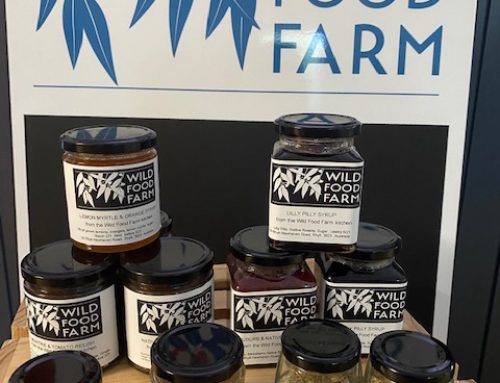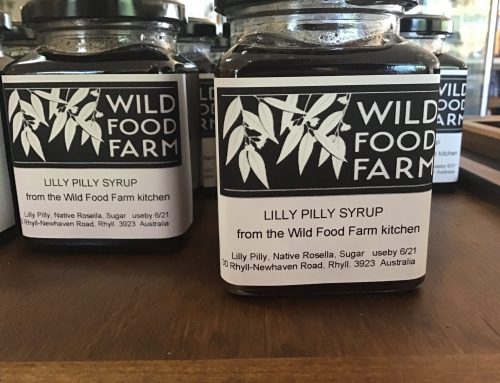This strong aniseed flavoured Australian bush herb grows in the sub-tropical rainforest areas in the wild in northern New South Wales. The fresh and dried leaves of this tree are becoming increasingly popular in the culinary industry, they are also distilled into an essential oil.
Aniseed myrtle Backhousia anisata was named after the 19th Century English nurseryman, James Backhouse.
Not much is known about traditional use of this aromatic Australian bush herb other than it was used as a calming effect on the stomach by the Aboriginal people of the area. The leaves were soaked in water and then placed over a fire to produce the aroma’s from the steam, these were breathed in to produce their effect.
It was also believed that the leaves were picked for the soldiers during World War 2 when this flavour was popular and the other traditional products were in short supply, these leaves were made into a tonic to energise.
Health Benefects of Australian Bush Herb – Aniseed Myrtle
Aniseed myrtle has high antioxidant activity, magnesium, lutein, folate, Vit E and Vit C. It also has anti fungal and anti microbial properties. It’s great to mask out serious odors with it’s strong pungent aroma.
How to Grow Anise (Aniseed) Myrtle
The Anise Myrtle trees grow naturally in sub tropical rainforest conditions, they grow to approximately 45 metres. Due to the popularity of this fantastic Australian bush herb they are now grown in commercial plantations and the trees are kept pruned to a smaller size to enable an easier harvest. The young leaves are pink then gradually becoming bright green on maturity with distinctally wavy edges.
Originally the leaves were wild-harvested but there have been great concerns over the environmental impact for these trees and so much of the wild harvest has now been replaced by commercial production.
Anise myrtle prefers a nutrient rich soil in a well-drained, sunny position. Younger trees require irrigation, but once established are relatively hardy and recover quickly from dry spells.
How to cook with Aniseed Myrtle
I usually use Aniseed Myrtle instead of Star Anise or any of the aniseed flavoured herbs and spices. To get the best flavour use at the end of cooking as the flavour can disappear if it’s used too early.
Anise Myrtle leaves can be used fresh or dried, OutbackChef can supply dried and milled leaves year round.
Recipes for Aniseed Myrtle
This is a great Lemon Myrtle Shortbread recipe, but I’ve just substituted for Aniseed Myrtle and it’s fantastic
Nutritional Information of Anise Myrtle
|
100 grams leaf dried (ground) |
|||
|
Energy |
629 Kj |
Zinc (Zn) |
1.440 mg |
|
H20 |
– |
Magnesium (Mg) |
247.4mg |
|
Protein |
8.1 g |
Calcium (ca) |
261.45 mg |
|
Total fat |
0.0 |
Iron (Fe) |
5.86 mg |
|
Total saturated fatty acids |
0.0 |
Selenium (Se) |
0.0 |
|
Carbohydrates |
3.6 g |
Phosphorus (P) |
100.6 mg |
|
Sugar (total) |
3.6 g |
Sodium (Na) |
51.75 mg |
|
Fibre |
– |
Potassium (K) |
773.3 mg |
|
Manganese (Mn) |
9.595 mg |
||
|
Copper (Cu) |
0.367 mg |
||
|
Molybdenum (Mo) |
2.6 μg |
||
|
K:Na |
14.9 |
||








Leave A Comment
You must be logged in to post a comment.